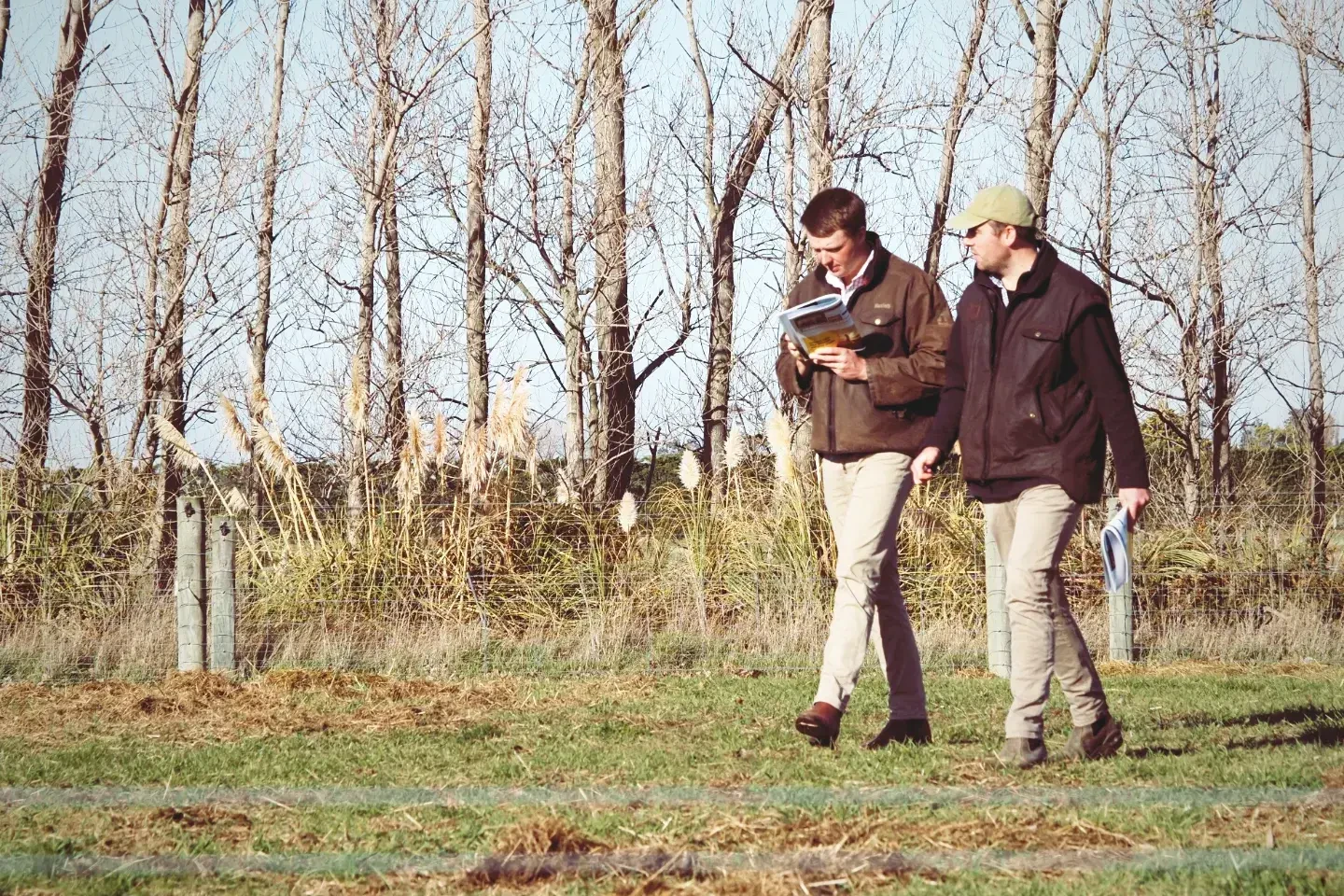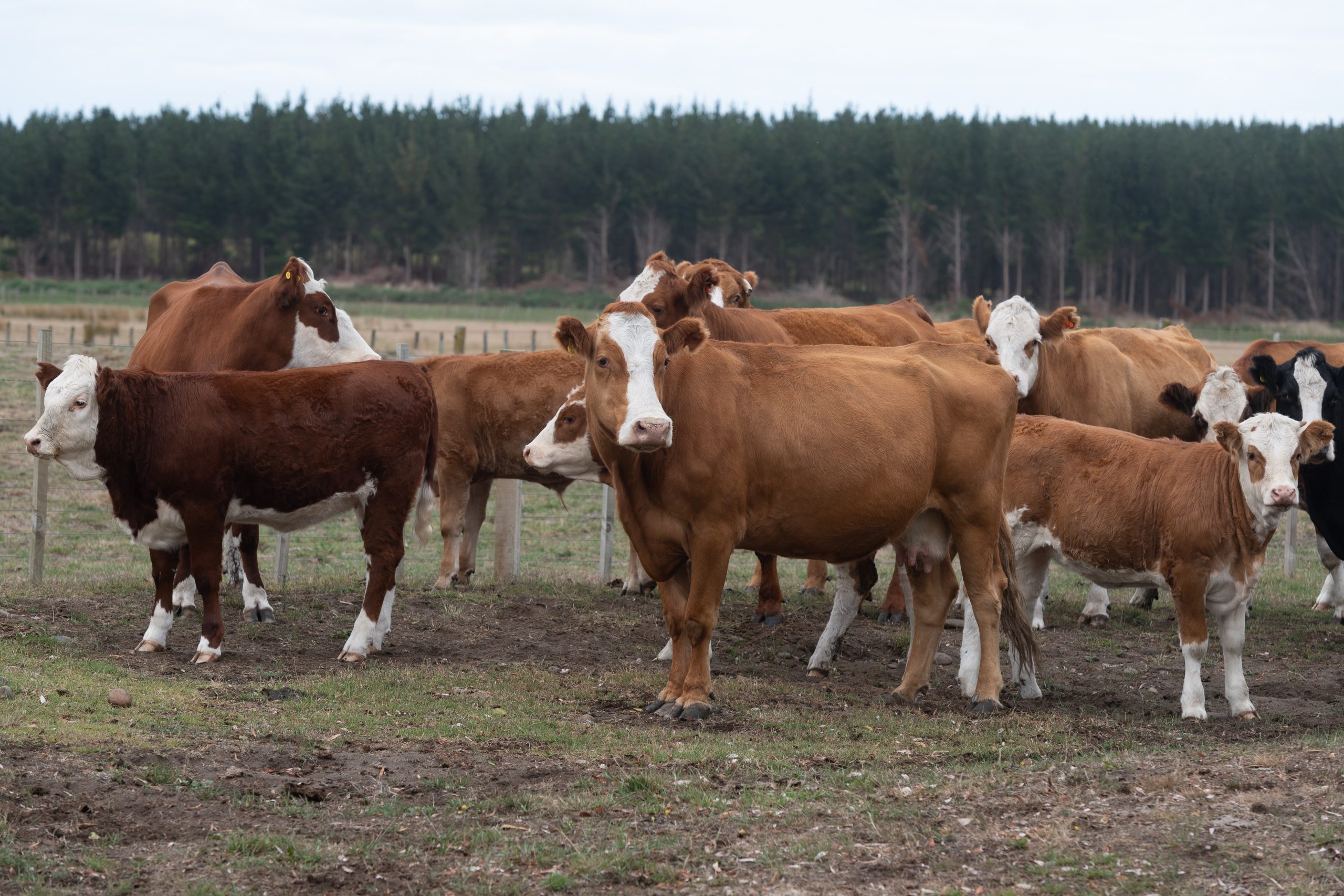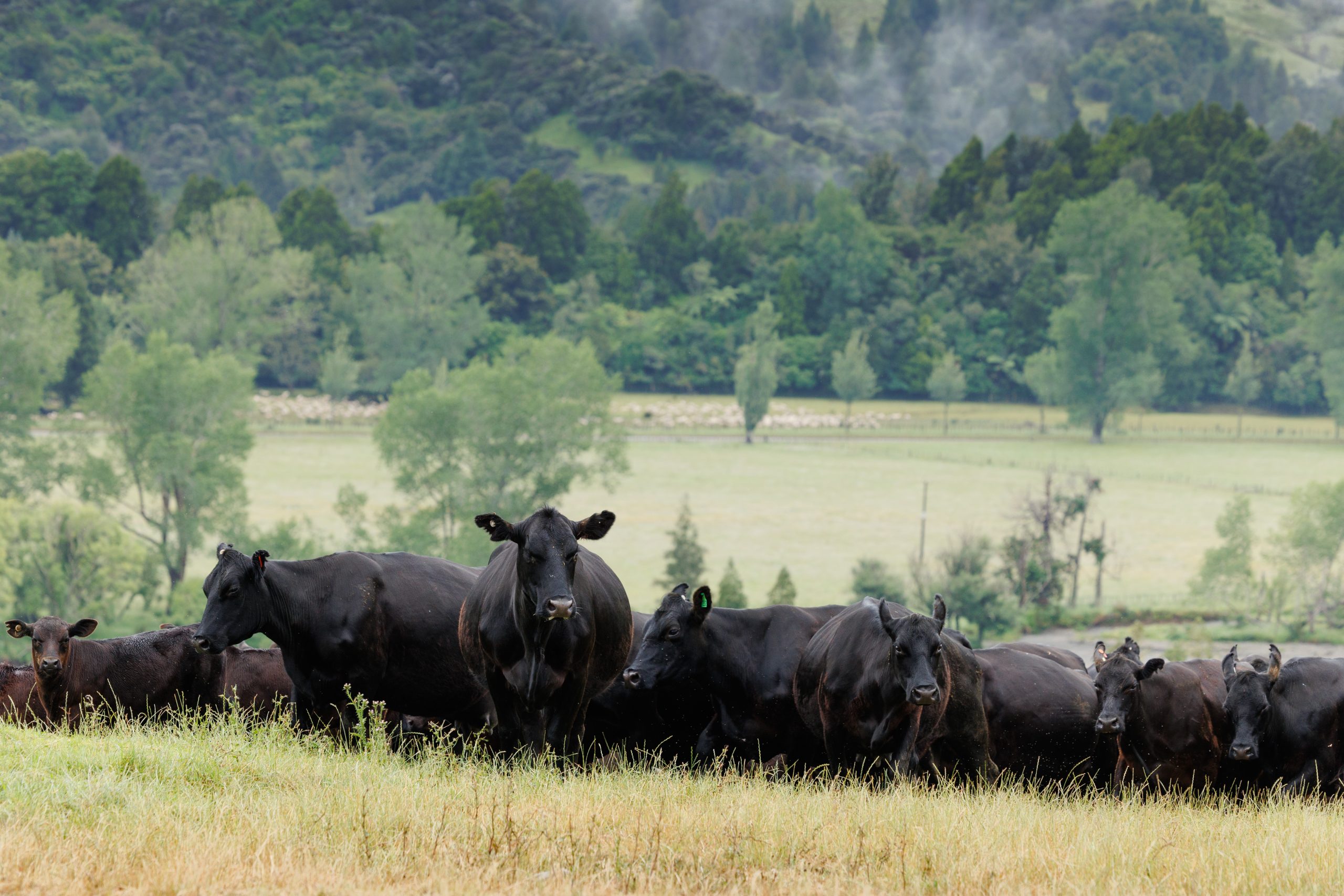Cattle feature prominently in farm injury statistics
On New Zealand farms, some of the most common farm injuries happen while working with animals, forcing many farmers to take time off work and impacting productivity. Words Safer Farms.
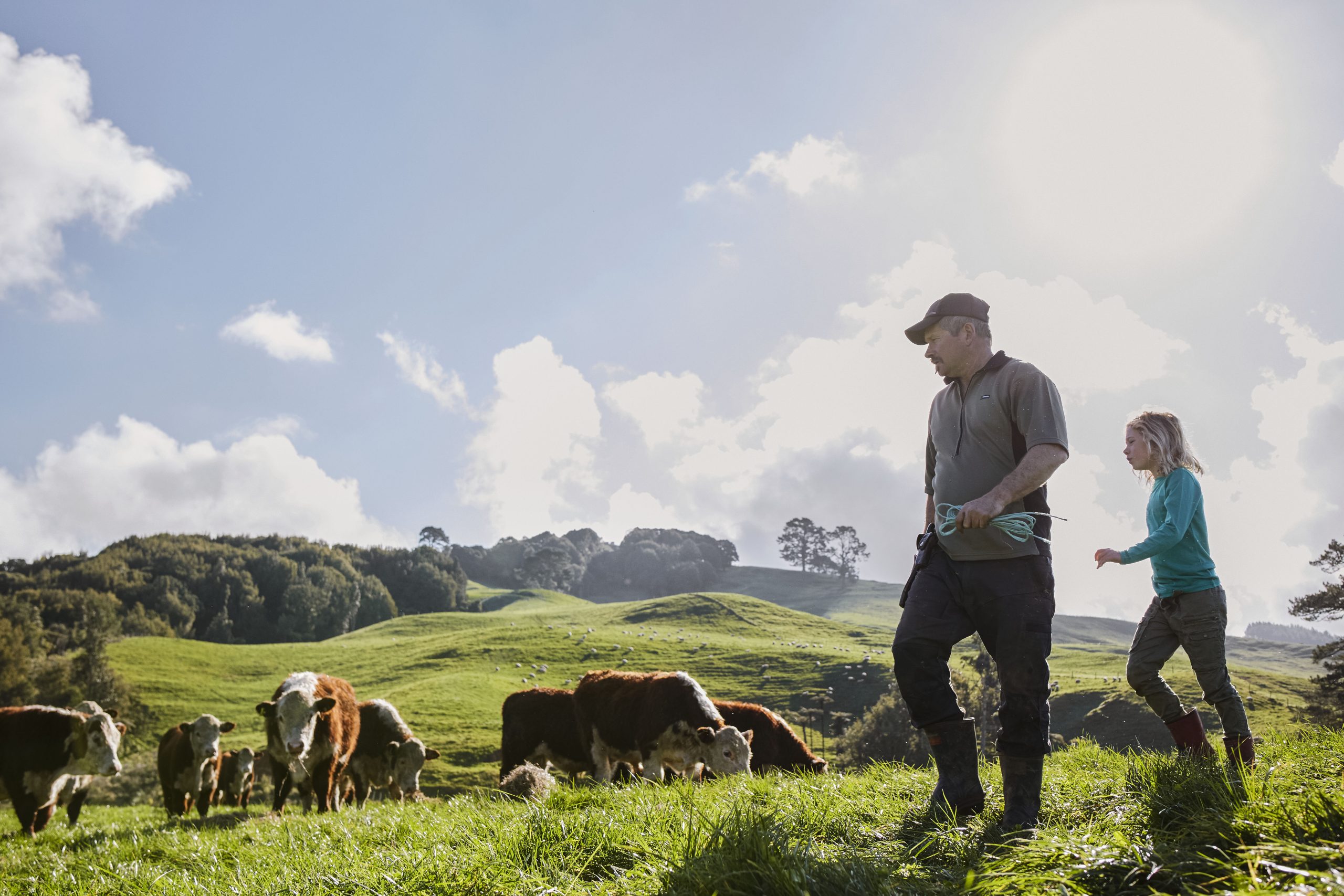
Handling livestock is a major factor in ACC’s reported farm-related injuries that result in extended time off work. Three of the most common causes are being hit by moving objects, falls, slips and trips, and muscular stress often stemming from working with cattle. Safer Farms, the organisation dedicated to fostering a safer farm culture across New Zealand, is working to change that.
“In 2024, every month ACC received more than 150 claims for farm injuries caused by animals – rising to more than 300 per month during peak calving season from August to October,” says Lindy Nelson, Safer Farms Chair.
The impact on farm productivity is significant. In 2024, the average time off work for an ACC agricultural injury claim was 36 days – but for dairy farmers, it was even higher at 51 days.
Injuries caused by handling livestock is one of the four key focus areas in Safer Farms’ Farm Without Harm strategy, a sector-wide commitment to drive practical changes that prevent physical and mental harm in the agricultural sector.
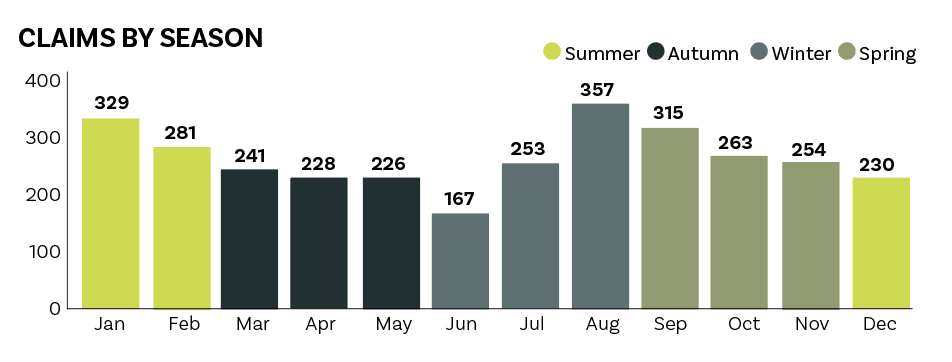
In February 2025, Safer Farms announced a new $11 million partnership with ACC to help implement solutions at the grassroots level directly to the farming community. With the new ACC funding, Safer Farms is scaling up efforts to improve livestock-handling safety.
Safer Farms is calling on farmers to get involved and work together to develop practical measures that reduce both the human and financial costs of on-farm injuries. This will include establishing farmer reference groups to look at livestock handling with those on the ground on farm every day.
Nelson says that reviewing and improving cattle-handling practices doesn’t just reduce injuries, it can also boost farm profitability.
ANZCO Foods is a member of Safer Farms and supports Safer Farms’ campaign to raise awareness of, and reduce, injuries from livestock.
“Being in the yards is unfamiliar to stock so the drafting and loading process needs to be as smooth as possible and having high-quality yards can reduce the likelihood of injuries,” says Grant Bunting, ANZCO Foods General Manager Systems and Supply.
“All meat processing companies have a joint health and safety responsibility alongside farmers for the areas their employees and contracted drivers go, such as yards and access roads.
“As an industry, we need to manage this better. There are many examples in the world today of where the ways things have been done in the past are no longer acceptable.”
The Farm Without Harm website has an animal handling resources page: farmwithoutharm.org.nz/animal-handling.
Anyone interested in joining one of the livestock workstreams in the future, or in becoming a member, can get in touch at info@saferfarms.org.nz

